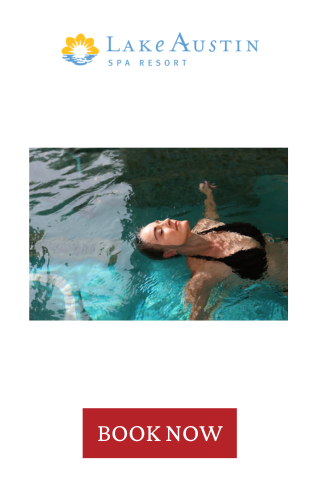Start Dreaming of Cooler Adventures with This Wintry Northern Lights Quest

Fairbanks, Alaska
I tried to read just the scarf wrapped around my face as it slipped off my nose, but with two pairs of gloves and the occasional jerk of the dog sled, it was hard to get a proper grip. I was just 48 hours into my Alaskan vacation, and I had lost count of the number of times I’d told myself I didn’t know it could actually get this cold outside.

Six months earlier I’d read an article about how Fairbanks is the best spot in the United States — and one of the top spots in the world — from which to see the northern lights. As I glanced through photos of darkened trees silhouetted against skies streaked with green, purple and pink light, I decided Alaska would be my next travel destination. The only reservation I had about visiting the Last Frontier State was the weather. February and March, when high temperatures hover around zero degrees, are two of the best months to view the aurora borealis. As a born-and-bred Texan, anytime temperatures dip below 50 degrees is cause for concern. When temperatures hit the freezing point, I find it perfectly acceptable not to leave the house.
Instead of hiding from the cold, however, Alaskans embrace it. They build bars out of ice and drink martinis inside them. They hook dogs to a sled and go mushing. They put on swimsuits and take dips in hot springs. And, of course, they layer up, grab some hot cocoa and go outside in the dead of night to watch for lights in the sky.
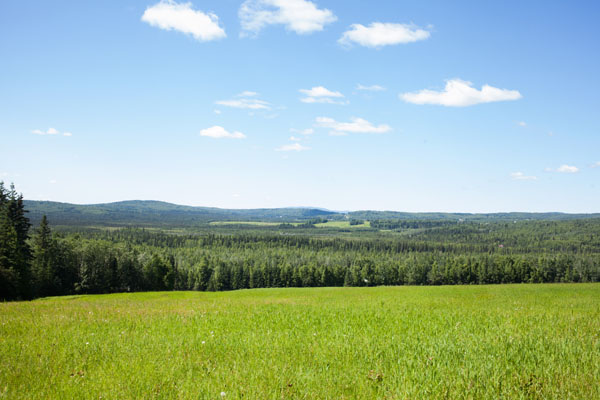
My first night in Alaska I stayed in a log cabin at the Chena Hot Springs Resort (approximately 60 miles outside of Fairbanks). Weary travelers have soaked in the hot springs ever since two gold miners discovered it in the early 1900s. The water temperature remains at a consistent 104 degrees, while the outside air temperature can plummet well below freezing. The thermometer read -5 degrees as I entered the building to check into the hot springs. After entering, the woman behind the counter told me to lock my clothing in a locker, exit the building through a back door, then follow the sign to the hot springs entrance.
“What do I wear outside while walking to the springs?” I asked, thinking that surely I’d be given a parka or dead animal or something to wrap up in. I couldn’t just be left to stumble around subfreezing temperatures in a swimsuit, right?
“This,” she said, handing me a flimsy, standard-size towel.
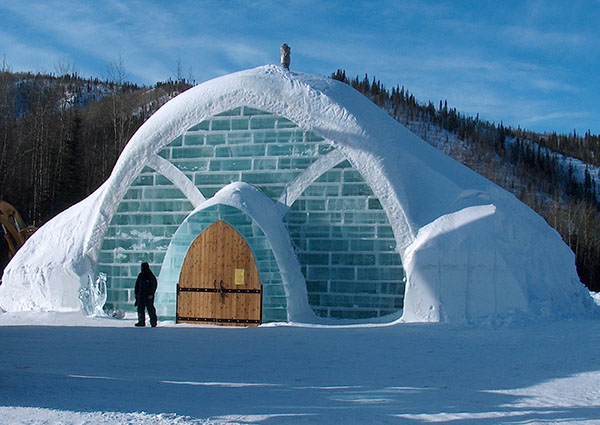
I changed into my swimsuit, wrapped the towel around my waist and stepped outside. I quickly hopped down the walkway, trying not to slip on the frozen footprints of recent visitors. Footlong icicles hung at the entrance of the springs. I placed my towel on a wooden rod covered in frost and gingerly stepped into the steaming water. I settled into the springs, soaking up the mineral-rich water while admiring the frozen trees and heaps of snow surrounding me.
Afterward, I wandered over to the Aurora Ice Museum for an appletini. Created from more than 1,000 tons of ice and snow, the museum is the world’s largest year-round ice environment, consistently staying at 25 degrees inside. I sat down at the Ice Bar as the bartender poured my appletini — the bar’s only beverage offering — into an icy martini glass. After finishing my drink, I did as instructed, making a wish into the glass and then throwing it on the ground outside until it broke.

That evening I looked for the northern lights from my patio, but I went to bed before spotting anything. Seeing the northern lights is never guaranteed. Clouds or lack of solar activity leads to heartbreaking tales of visitors traveling thousands of miles only to return home without seeing the lights.
Because Fairbanks is such a popular aurora borealis destination, several local businesses offer heated viewing cabins and yurts complete with hot cocoa, tea or coffee to keep visitors warm while waiting on the night’s big show. On my second evening in Alaska, I arrived at one called Aurora Pointe with Kory Eberhardt. Eberhardt is a third-generation Alaskan who opened Aurora Pointe in 2018 to accommodate visitors wanting to see the lights.
We arrived at 10:30 just as a faint green light began to develop on the horizon.
“It is just beginning,” Eberhardt said.
After an initial display of colors, the sky went dark. We headed inside to warm up. Eberhardt told stories about his grandfather moving to Alaska to homestead, the “engineering marvel” that is the 800-mile Trans-Alaska Pipeline and life in the great north. Just after midnight, someone opened the door to the building and shouted, “Aurora!” We jumped up, put on our jackets and gloves, and rushed outside in time to see an intense display of purple and green shoot across the night sky. The lights were active for 15 minutes before the sky went dark again. I had time to snap a few shots before the cold temperatures zapped my camera’s battery.
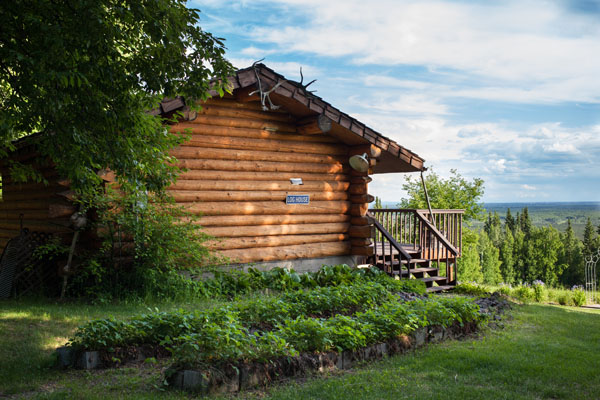
For the crème de la crème of aurora borealis viewing, stay a night or two at the Borealis Basecamp. Ten luxury igloos sit high above the Fairbanks city limits. The same plexiglass used to make helicopters has been used to make the igloos’ windows. Visitors lie in their warm, cozy beds and watch the magical lights dance around them. For those who want to go to sleep but don’t want to miss the action, the hotel has installed a buzzer in each igloo that alerts guests when the lights become active.
As for daytime activities, visitors can go snowmobiling, cross-country skiing, snowshoeing and dog mushing. While I have not thought about dog mushing since reading “The Call of the Wild” in fourth grade, the sport is alive and well in Alaska.

“It is not unusual for people in warmer climates to own horses and go riding on the weekends,” explained one of the workers at Paws for Adventure. “That is how we look at it here in Alaska with dogs.”
Paws for Adventure offers traditional dog sled tours. Peter, a self-proclaimed dog musher for life, was my guide. After settling comfortably into the wooden sled, covering my body with a subzero sleeping bag and wrapping my face in a scarf, we set off for an hourlong ride through the backcountry. During our ride, Peter told stories about his run during the famous Iditarod Trail Sled Dog Race in 2017, how racers suffering from sleep exhaustion can fall off their sled and how he moves farther north during the summer to run dogs on glaciers. As we mushed, Peter occasionally yelled out, “Haw,” prompting the dogs to veer left, or, “Gee,” to veer right. At one point, I stood up on the back of the sled, holding on for dear life as eight dogs pulled us as fast as they could through the winding snowbanks. Who knew you could have so much fun while being so incredibly cold?
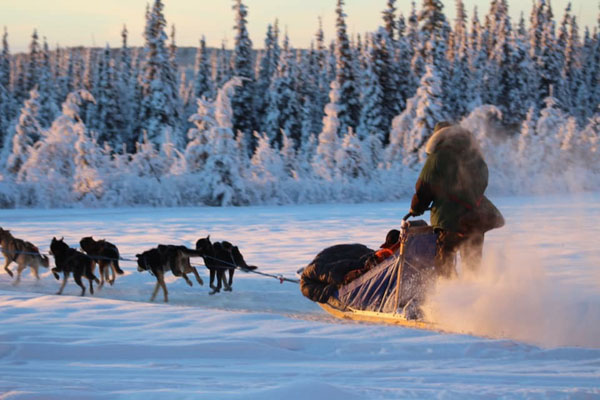
Year-Round Fun
A Taste of Alaska Lodge sits on 280 acres of wildflower-rich land with fantastic views of Denali.
The Alaska Heritage House B&B is an early-20th-century Victorian-style bungalow perfect for history lovers.
The pet-friendly cabins at Pike’s Waterfront Lodge sit on the banks of the Chena River.
Ah, Rose Marie Bed & Breakfast is two cozy 1930s homes within walking distance of downtown shops, restaurants and galleries.
Alaska is known as the land of the midnight sun because the sun shines for almost 24 hours during summer months. Play a round of golf at midnight, take a walk in the woods with reindeers or smell the roses at the Georgeson Botanical Garden.
Adventurous types gravitate toward the Chena River State Recreation Area for all outdoor adventure, including rafting, hiking, fishing and camping.


